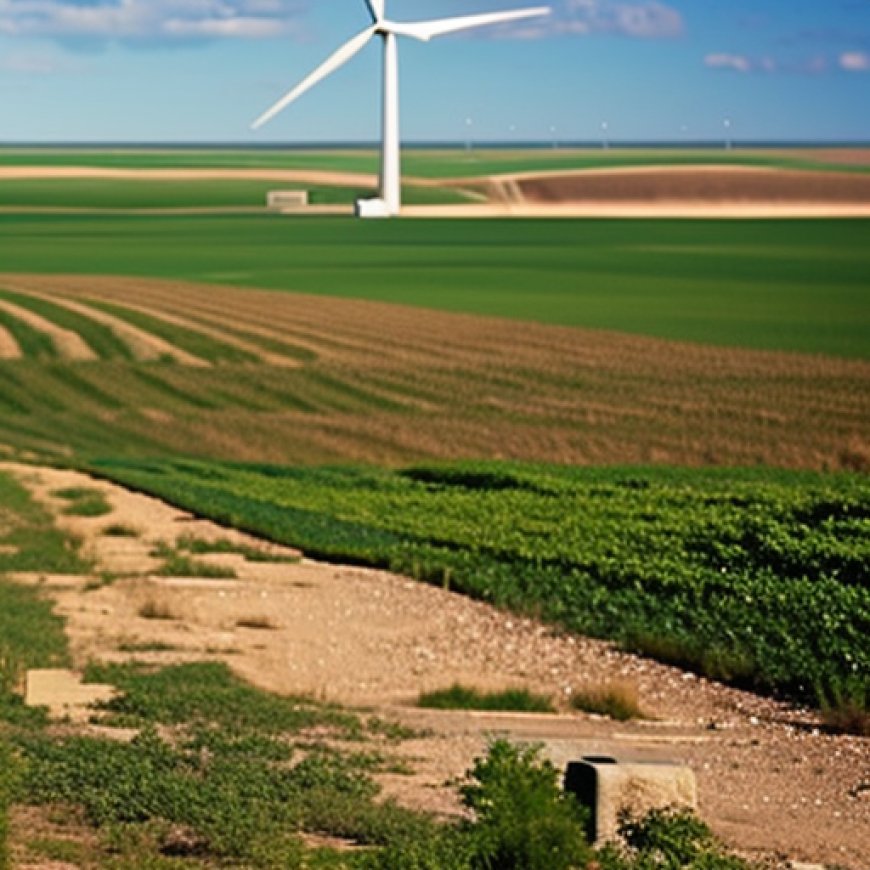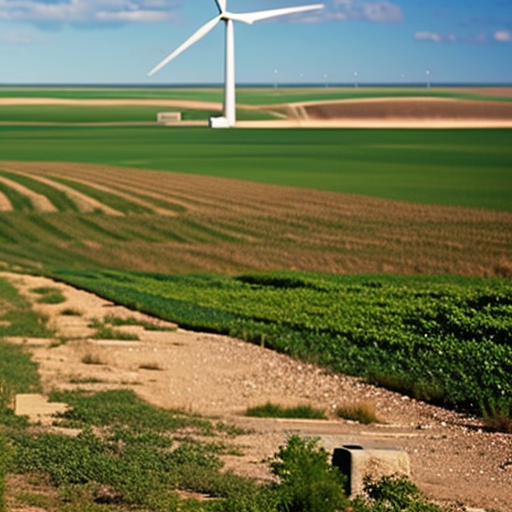Insight Kansas: Kansans concerned about climate change as a majority of wind energy potential remains untapped
Insight Kansas: Kansans concerned about climate change as a ... Hays Post


Last month a state district court judge in Montana ruled in favor of young environmental activists

A state district court judge in Montana recently made a groundbreaking ruling in favor of young environmental activists, ranging in age from 5 to 22. The ruling stated that the state of Montana was violating their constitutional right to a clean and healthful environment by allowing fossil fuel development. This precedent-setting decision establishes that governments have a duty to protect their citizens from the impacts of climate change.
Implications for Kansas
However, the implications of this ruling for Kansas are more complex and require further analysis.
Kansas lacks explicit constitutional protections for the environment
Unlike Montana, the Kansas Constitution does not provide explicit protections for the environment. However, the state has implemented various laws to address different levels of environmental protection.
Wind energy and carbon emissions in Kansas
Kansas has experienced a significant increase in wind energy utilization over the past two decades, resulting in a consistent decline in carbon emissions. This decline is crucial as carbon emissions are a well-known contributor to global climate change.

Renewable energy goals and fossil fuel industry in Kansas
Despite the positive progress in wind energy, Kansas has not yet adopted a 100% renewable energy goal like some other environmentally-conscious states, including Colorado. This may be attributed to the significant contribution of the oil and natural gas industry to the state’s economy. Kansas is home to one of the largest fossil fuel companies in the country and currently operates numerous oil and natural gas wells.
Public concern about climate change in Kansas
Similar to Montana, citizens in Kansas, especially young people, are concerned about the effects of climate change. The 2022 Kansas Speaks public opinion survey conducted by the Docking Institute of Public Affairs at Fort Hays State University revealed that nearly half of Kansans consider climate change a crisis or major problem. Additionally, a majority of respondents believe that government policies at the state, federal, and local levels, as well as business and corporate policies, can have an impact on limiting climate change.
Kansas as a leader in renewable energy
Kansas has made significant strides towards becoming a leader in renewable energy. In 2022, wind energy accounted for 47% of the state’s electricity generation, making it the third-highest share of wind power among all states. Wind energy surpassed coal as the largest energy source for generating electricity in Kansas in 2019. The state also passed the Kansas Renewable Energy Standards Act in 2019, setting a voluntary goal for utilities to generate 20% of their peak demand from renewable energy resources by 2020. Additionally, Kansas offers tax incentives to encourage individuals and businesses to utilize alternative energy sources.
Untapped wind power potential in Kansas
Kansas has been recognized as one of the states with the most wind power potential due to its wide open plains. However, a significant portion of Kansas’ wind resources remains untapped.
Climate change impacts on water sources in Kansas
Given the widespread concern about climate change among Kansans and the evidence linking climate change to the depletion of the High Plains Aquifer System, including the Ogallala Aquifer, it is crucial for state policies to continue moving towards renewable energy and away from fossil fuel development. The Ogallala Aquifer is a vital water source for western and central Kansas.
Alexandra Middlewood, PhD is the Department Chair of Political Science at Wichita State University.
SDGs, Targets, and Indicators in the Article
1. Which SDGs are addressed or connected to the issues highlighted in the article?
- SDG 13: Climate Action
- SDG 7: Affordable and Clean Energy
- SDG 15: Life on Land
2. What specific targets under those SDGs can be identified based on the article’s content?
- SDG 13.1: Strengthen resilience and adaptive capacity to climate-related hazards and natural disasters
- SDG 7.2: Increase substantially the share of renewable energy in the global energy mix
- SDG 15.1: Ensure the conservation, restoration, and sustainable use of terrestrial and inland freshwater ecosystems and their services
3. Are there any indicators mentioned or implied in the article that can be used to measure progress towards the identified targets?
- Indicator for SDG 13.1: Number of deaths, missing persons, and directly affected persons attributed to disasters per 100,000 population
- Indicator for SDG 7.2: Proportion of total final energy consumption from renewable sources
- Indicator for SDG 15.1: Proportion of important sites for terrestrial and freshwater biodiversity that are covered by protected areas, by ecosystem type
Table: SDGs, Targets, and Indicators
| SDGs | Targets | Indicators |
|---|---|---|
| SDG 13: Climate Action | 13.1: Strengthen resilience and adaptive capacity to climate-related hazards and natural disasters | Number of deaths, missing persons, and directly affected persons attributed to disasters per 100,000 population |
| SDG 7: Affordable and Clean Energy | 7.2: Increase substantially the share of renewable energy in the global energy mix | Proportion of total final energy consumption from renewable sources |
| 7.2: Increase substantially the share of renewable energy in the global energy mix | Proportion of total final energy consumption from renewable sources | |
| SDG 15: Life on Land | 15.1: Ensure the conservation, restoration, and sustainable use of terrestrial and inland freshwater ecosystems and their services | Proportion of important sites for terrestrial and freshwater biodiversity that are covered by protected areas, by ecosystem type |
Behold! This splendid article springs forth from the wellspring of knowledge, shaped by a wondrous proprietary AI technology that delved into a vast ocean of data, illuminating the path towards the Sustainable Development Goals. Remember that all rights are reserved by SDG Investors LLC, empowering us to champion progress together.
Source: hayspost.com

Join us, as fellow seekers of change, on a transformative journey at https://sdgtalks.ai/welcome, where you can become a member and actively contribute to shaping a brighter future.







